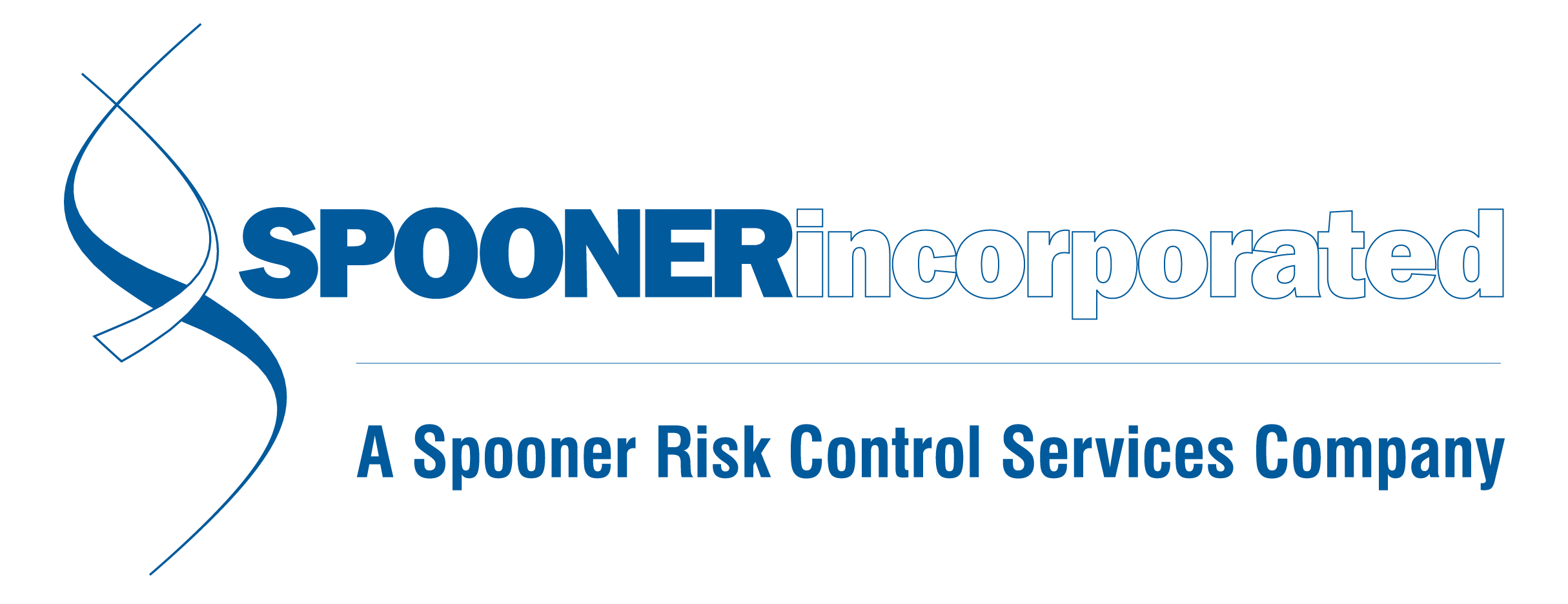News and Updates
Month: November 2023
EEOC Reporting and Updates
EEO1 guidance/reporting After pushing their projected reporting window back (originally slated to open in July 2023), EEOC opened the reporting window for the 2022 EEO-1 Component 1 data collection reports on October 31. These demographic reports are mandatory for all private sector employers with over 100 employees, as well as certain federal contractors. EEOC has also released a booklet to help employers through the process. Some employers struggled with reporting options last year, as there was no way to accurately report non-binary staff members. This oversight has been addressed in the booklet. Per the agency, “Employers that voluntarily choose to report non-binary employees in the ‘comments’ section of the report(s) should not assign such employees to the male or female categories or any other categories (i.e., job category and race or ethnicity) within the report(s).” Employers have through December 5, 2023 to submit this data, and EEOC will publish any updates on the process to the dedicated reporting website. In other EEOC news, the group issued proposed guidance in late September on “Enforcement Guidance on Harassment in the Workplace.” The epic 145-page proposal details what features EEOC feels effective harassment policies should include, as well as the minimum of what effective training should encompass. While that much information may seem like overkill- it’s important to consider that harassment is still
OSHA and NLRB Team Up on Enforcement
The National Labor Relations Board (NLRB) announced on October 31, 2023 that they’ll be strengthening their partnership with OSHA on referrals, sharing information, training, and outreach. The Memorandum of Understanding allows OSHA and NLRB to work together more efficiently to enforce labor laws and protect the rights of workers. Assistant Secretary for OSHA Doug Parker stated, "Everyone should be able to exercise their legal rights in the workplace without fear of losing their job or other forms of punishment.” He noted that the partnership will expand the capacity of both agencies to protect workers raising concerns about workplace violations or retaliatory activity. This arrangement is likely to increase overall understanding of workers’ rights under federal anti-retaliation and whistleblower protection laws. The two organizations have built a fact sheet to help workers understand their rights and what recourse they have and what recourse they have if those rights are infringed upon. You can find that fact sheet here. It shouldn’t be news to employers that you can’t (and shouldn’t) retaliate against employees for exercising their rights when it comes to workplace safety. If you don’t already have this poster alongside all of your other required communications to employees, you can order one for free here. We’re sharing the news of this partnership because it stands to amplify the already aggressive stan
Retirement Update: Plenty of Changes on Deck for 2024
At the end of October, US Department of Labor (DOL) announced a rule expanding what’s considered “fiduciary investment advice” under the Employee Retirement Income Security ACT, better known as ERISA. This will include guidance from those involved in employer-sponsored retirement plans. The most notable difference will be a change to the five-part test, which will now state that investment advice will be considered fiduciary if the person providing it “does so on a regular basis as part of their business.” The advice must also be “provided under circumstances indicating that the recommendation is based on the particular needs” of the retirement investor, and could potentially be used as a guide in their investment decisions. DOL’s press release states that the update would come into play when financial services providers are charging what they consider “junk fees” for advice, which can cut into the funds saved. An attempt was made by DOL in 2015 to update the definition of “fiduciary,” but fell apart after a circuit court vacated the rule before it could be enforced. The IRS also recently announced plenty of changes in store for 2024, all part of the SECURE 2.0 Act. The headliner of these changes that will impact the majority of people saving for retirement - the maximum employee contribution for 401(k) retirement plans will increase next year. With a $500 increase from 2023, e

